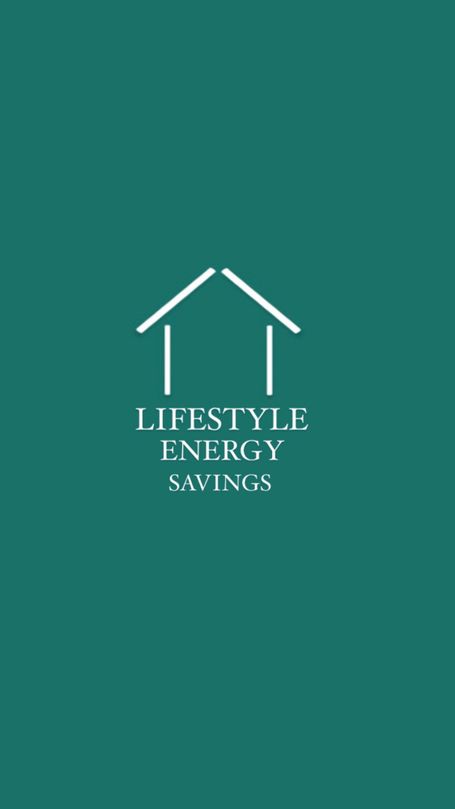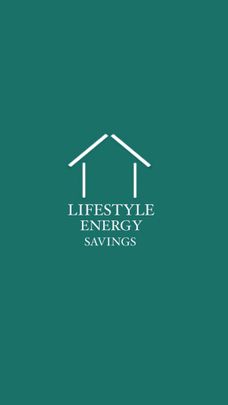
Cavity Wall Insulation
The table opposite shows expected annual savings by installing Cavity Wall Insulation listed by property type produced by The Energy Saving Trust.
These figures were produced in April 2022 reflecting the 54% increase in energy prices, The Energy Saving Trust have now updated these figures to reflect the 27% increase with the Governments Energy Price Guarantee.
A third of all heat produced is lost through un-insulated cavity walls.
On the latest figures an average semi detached house will now save £395 a year by insulating cavity walls and a detached house £690 a year.
What we do
We post regular updates across social media with hints tips and videos!

Can I Have Cavity Wall Insulation?
Most properties built since 1930 have a cavity wall and will have a brick pattern similar to the one in the image above.
Some properties built earlier may be suitable and in general properties built after 2000 are unlikely to be suitable as they would have been insulated at build, however there are exceptions!!!
How do i know if I already have Cavity Wall Insulation?
Cavity Wall Insulation is installed by drilling into mortar joints on the external wall and is installed using a set pattern to ensure even filling. The holes are then filled in with a mortar mix to match the existing mortar colour. These holes are approximately the size of a £1 coin if you look under windows you will see 2 or 3 of these in a straight line which means you are insulated.
My Energy Performance Certificate states insulated assumed/partial insulation assumed can i still have it?
Possibly as the EPC Assessor will not have tested your walls and the insulation will be assumed by building regulations at time of build.

I have heard that Cavity Wall causes damp!
Reputable Installers will always complete a thorough survey of the property prior to installing Cavity Wall Insulation and will offer a 25 year CIGA guarantee. The surveyor will examine the Cavity for blockages/rubble, any existing damp issues, broken/damaged guttering and check that the damp proof course is intact plus other checks!
As per CIGA over the last 22 years 0.4% of the millions of installs have had problems.
Condensation and Damp
Ventilation and household preferences have a significant impact on Condensation and Damp.
It is imperative that wet air is extracted from a property and that dry air is let in.
Try not to dry washing over radiators and while cooking and bathing open windows or use extractor fans otherwise this moisture will go into the air.
Warmer air holds more moisture but where it touches a colder surface will form as condensation which is why its imperative that wet air is extracted.

What Funding is Available
ECO4 has now launched however funding is difficult to achieve due to the constraints of the scheme.
Properties with an Energy Performance Rating higher than D will NOT qualify.
Funding is based on changes to Energy Performance which dictates how much funding is available - No change to rating means no funding!
Affordable Warmth (HHCRO) funding is still available for anyone in receipt of a relevant benefit means tested benefit is FREE (subject to no extras being required such as scaffolding)
i.e. Universal Credit, Working Tax Credits, Child Tax Credits, Child Benefit (Subject to income criteria), Income support, ESA (Income Based) - However it is still subject to changes to Energy Performance Ratings and does not apply to properties higher than D
Non means tested benefits i.e.
PIP, DLA, Attendance Allowance, Carers Allowance have now been withdrawn from the schemes.
There are referral routes via Local Authorities
Again Energy Performance higher than D does not qualify
If you earn over £31,000 a year total household income you are unlikely to qualify.

My EPC states partial insulation can it be insulated?
In short yes but your savings wont be as much as an uninsulated wall but will still reduce your heating bills.
Over the years building regulations have changed and the level of insulation in your walls will reflect the building regulations in place when planning permission was given for your home.
There are various types of partial insulation some better than others a Cavity Wall Surveyor will be able to advise you on your current insulation when testing the Cavity Wall.

Energy Performance Certificates
These are a good way to gauge ways to improve energy performance of your property.
The main issue with them is how up to date they are and what assumptions were made to produce them. Currently an EPC is required to be in place for the sale of a property, however they are dated for up to 10 years from production so may not reflect the houses current energy performance.
Also on an EPC there are certain values that the software assumes mainly based on building regulations applicable at time of build i.e. Cavity Wall assumed insulated which may not be. Also the heating system may have been replaced since the report was produced etc.
EPCs are public domain documents and you can view your properties epc on the government website

I dont qualify for funding shoud i still insulate?
The more insulated a property is the more heat it will retain and will heat up quicker.
Price Cap for an average property in the uk was £1277 in October 2021,
Is now £2500 with the Governments Energy Price Guarantee which is to be reviewed in April 2023
A typical 3 bedroom semi detached will cost in the region of £1200 to insulate and save £395 a year at current rates which is a payback of just over 3 years by doing it now will reduce your gas consumption by a third avoiding the majority of the next price increase by lower usage.
The savings are bigger for detached houses a typical 4 bedroom detached will cost in the region of £2100 to insulate and save £690 a year at current rates which is a payback of just over 3 years by doing it now will reduce your gas consumption by a third avoiding the majority of the next price increase by lower usage.

